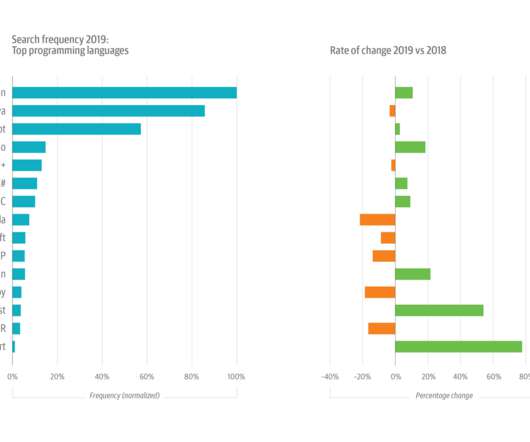How to overcome the cloud observability wall
Dynatrace
DECEMBER 8, 2021
As cloud environments become increasingly complex, legacy solutions can’t keep up with modern demands. As a result, companies run into the cloud complexity wall – also known as the cloud observability wall – as they struggle to manage modern applications and gain multicloud observability with outdated tools.
















Let's personalize your content